Scientists Just Found Out a Way To Turn Old Plastic Bottles Into Vanilla Flavoring
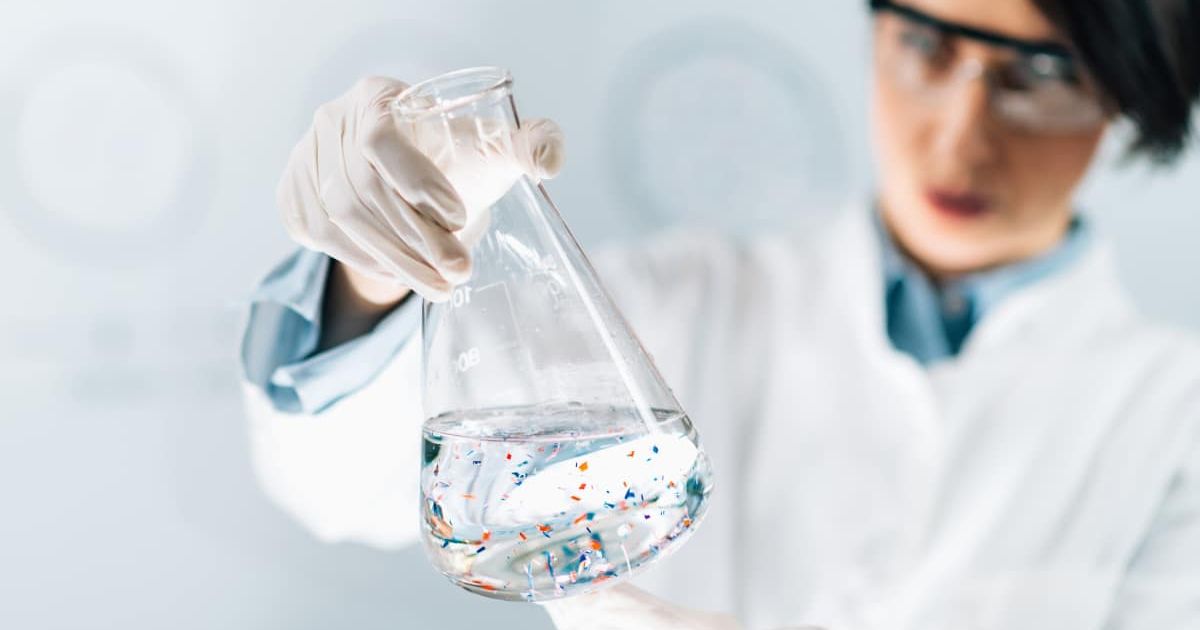
Ancient alchemists who dreamed about transmuting lead into gold knew that energy cannot be created or destroyed, only transformed. Modern-day scientists are applying the same law to plastic. The next time you order a tub of vanilla-flavored ice cream, you may be unknowingly eating plastic in the name of ice cream. Although this transmuted plastic hasn’t been approved for food safety standards, it surely can replace sweet-flavored, aromatic vanilla beans. In a research report published in the journal Green Chemistry, scientists at the University of Edinburgh documented their experiment of transforming plastic waste into edible vanilla flavoring.
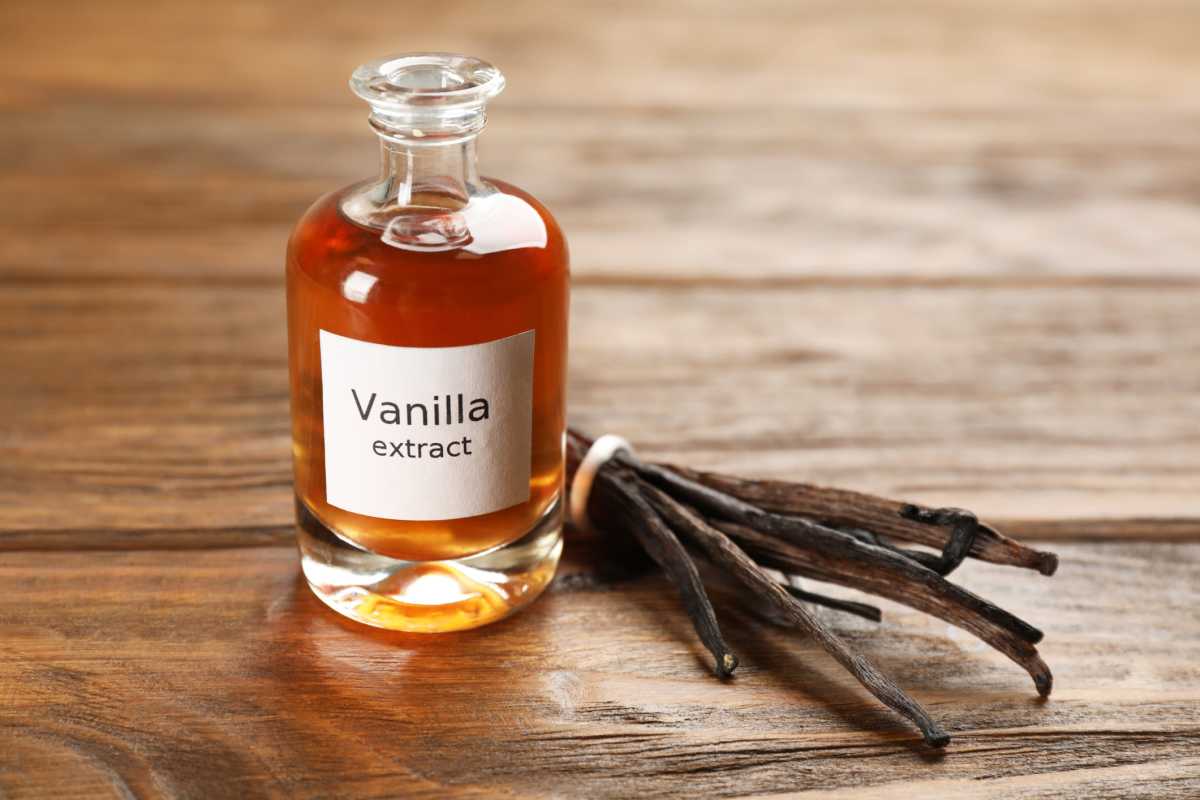
Brilliant example of biotransformation
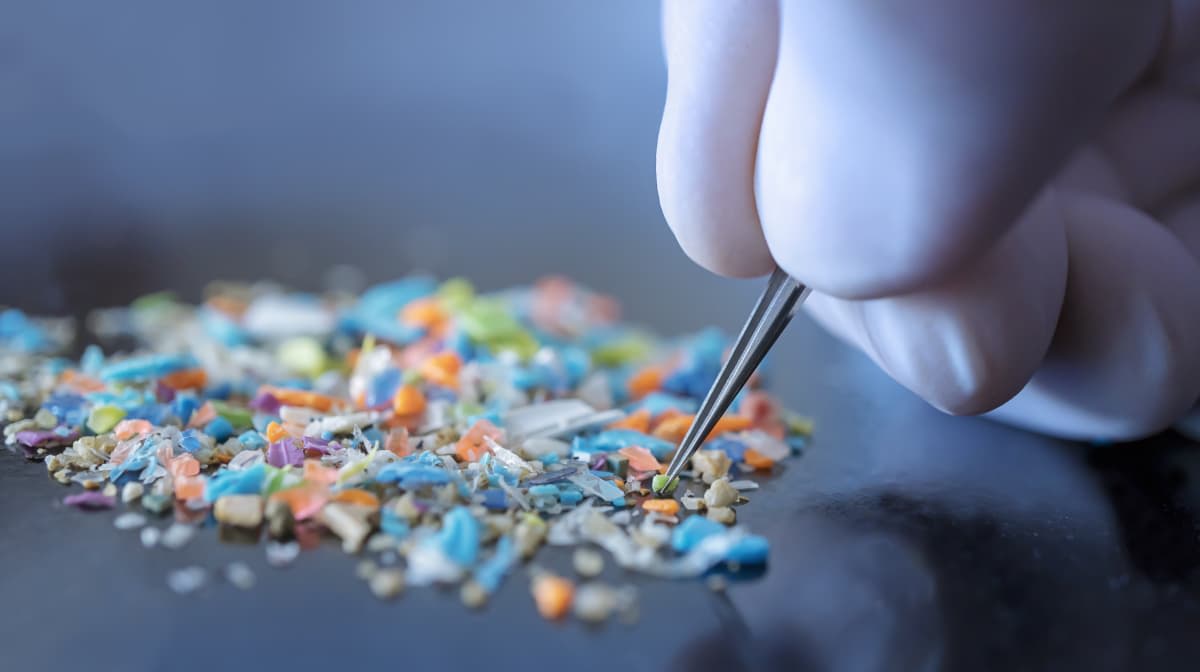
Chemical transformation, a.k.a. biotransformation, is not something new. Chemists and scientists have been transforming chemicals since the dawn of time. In the contemporary world, you may notice dozens of examples of these chemical transformations in your everyday life, from your digestion to oxidized jewellery and baking. YouTuber NileRed shares how he transformed paper into moonshine and rubber gloves into grape soda. In this research, scientists utilized the fragments of plastic bottles and other plastic trash to create a type of vanilla with the help of genetically-engineered bacteria.
Recycling plastic waste using green chemistry
What was the objective and purpose behind this experiment? The objective, according to the report, was to come to grips with the tons of plastic waste that the whole world is polluted with these days. The plastic pollution crisis is “one of the most pressing environmental issues facing our planet, prompting urgent calls for new technologies to enable a circular plastics economy,” the team writes in the report.
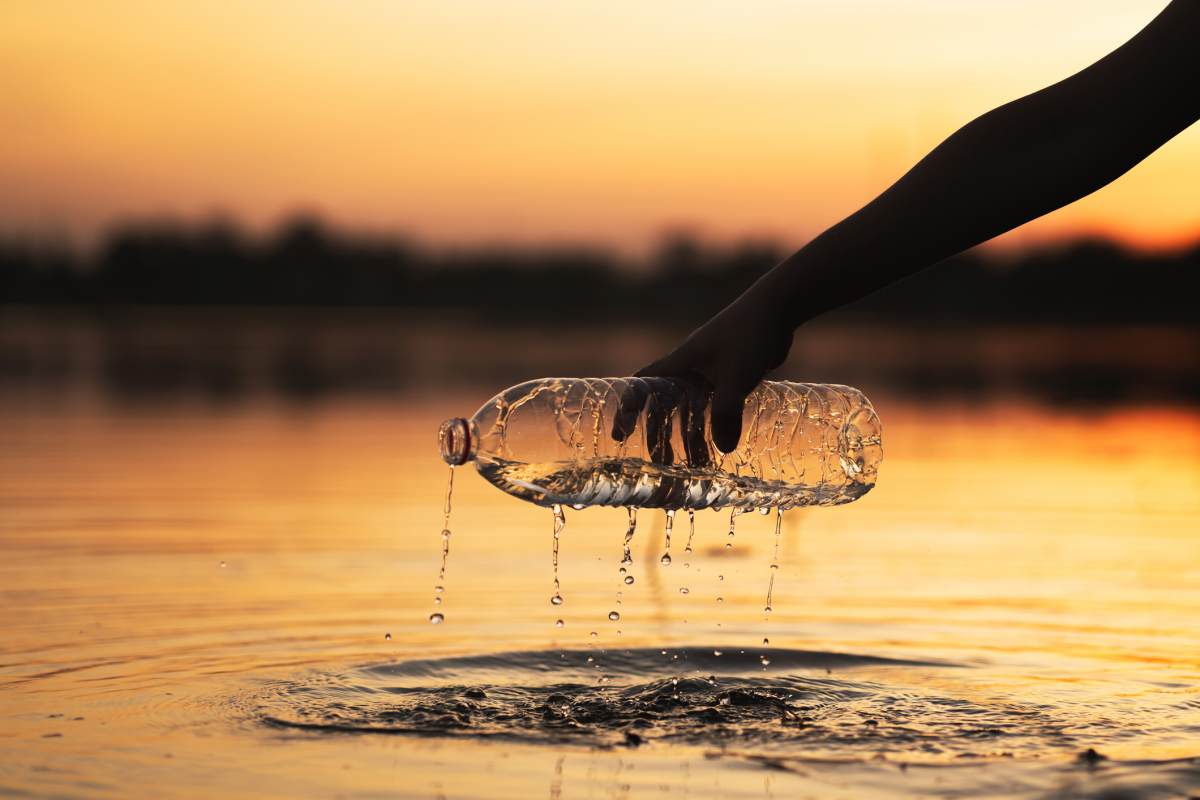
To start the experiment, scientists involved a type of plastic called “polyethylene terephthalate (PET)” to be transformed into vanilla. Previous research published in the Proceedings of the National Academy of Sciences stated that PET can be converted into terephthalic acid (TA), in a process called enzyme-catalysed PET hydrolysis. Scientists used this study as a basis for their experiment. They first used enzymes to break down PET into TA and then some bugs to convert TA into vanilla.
The magic of microbes

Microbes really are that magical when it comes to the alchemy of things. After disintegrating PET into TA, scientists whipped up a soup of TA molecules blended with microbes from E.coli bacteria and a biotransformation buffer concentrate and shook the mixture at an ambient temperature in the laboratory. The results were astonishing. Nearly 79% of the TA turned into vanillin, a bacterium found in vanilla-flavoring extracts. The microbes worked well because both the initial and the resulting compounds had a similar chemical structure. They only needed to make a few changes in the chemical composition.
Using microbial science for sustainability
Stephen Wallace, one of the scientists involved in this research, shared with the BBC that this is the first time microbes have been used to make vanillin from plastic waste, which is “exciting.” The results of the experiment enabled him to stand on the defensive side of plastic. He claimed that this research challenges the general assumption that plastic waste is problematic for the planet. Not anymore!
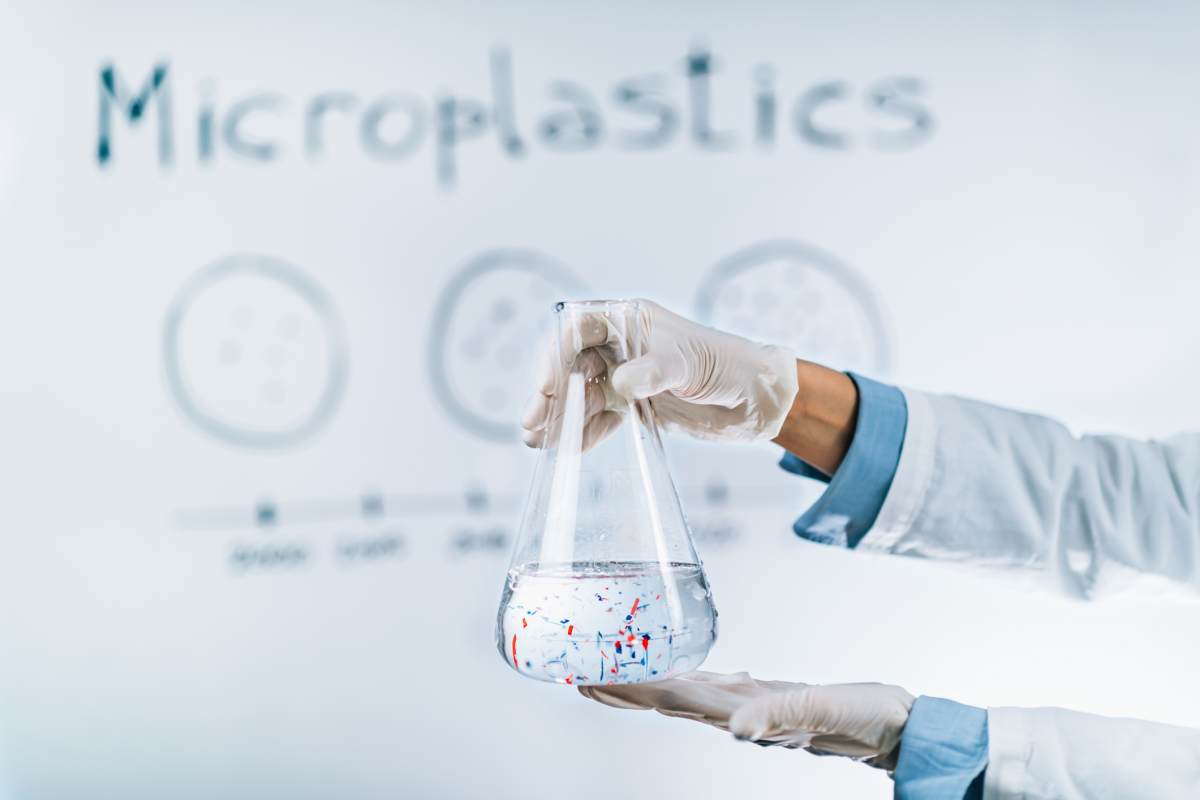
Another scientist from the team, Joanna Sadler, echoed that this is the first example of using a “biological system to upcycle plastic waste into a valuable industrial chemical,” per The Guardian. The outlet states that typically, almost 85% of vanillin is synthesized from chemicals derived from fossil fuels. Scientists also note that sometimes it also comes from “lignin biomass.” Now that the microbes have unleashed exciting alchemical possibilities, the team promises to use them with a tweak to increase the plastic conversion rate even further.
More on Green Matters
Scientists Accidentally Found a Way to Turn Plastic Into Diamonds — and the Results Look Promising
Researchers Reveal Easy Way to Remove Microplastics From Drinking Water — It Takes Just a Minute